
GB
1950
1hr 34mins
Dirs: John Boulting and Roy Boulting
Starring: Barry Jones and Olive Sloane
An atomic scientist threatens to blow up London unless nuclear research stops
This brilliant thriller is based on the book Un Nazi en Manhattan by Fernando Josseau and it features the magnificent Olive Sloane, but more on her later. A huge amount of railway footage appears in this film with London Waterloo featuring a lot, though there are rarer glimpses of London Cannon Street. A variety of Southern Railway traction can be seen at Waterloo, including an M7 0-4-4T, a Maunsell S15 Class 4-6-0, 4 COR EMU’s, and 4 SUB EMU No.4162 arriving into platform 1 on a headcode I bar service. There are then some scenes filmed on the London Underground with a train of 1938-stock at Trafalgar Square station on the Bakerloo Line, though Barry Jones eventually leaves from Westbourne Park. There are also scenes that show emergency evacuee and ambulance trains being formed in carriage sidings at both Stewarts Lane and Clapham Junction. Unsurprisingly, there are vast numbers of Southern Railway coaching stock present in these scenes but the rear of a small tank loco can also be seen in the opening establishing shot of the sidings at Clapham Junction. In addition to all this, there is a closeup shot of 2 BIL unit No.2047 and a 4 COR EMU passing through Wandsworth Cutting, and a ‘Castle’-hauled GWR express heading off into the sunset at Southall. Finally, there is a brief scene with soldiers checking the London Underground for the escaped scientist and this uses the running tunnels and platforms at Edgware Road. At this point, I must be forgiven for digressing somewhat from railways to mention Olive Sloane, the most beguiling of all actresses. Her film career spanned over 40 years from the silent era through to her untimely death at the age of 66. Sloane’s career trajectory was unusual in that for most of her professional life she was essentially an anonymous bit-part actress and her best, most substantial roles came relatively late in her career, when she was in her fifties. However, she had such a powerful on-screen presence that her brief appearances would often form the entire basis of the scene in which she featured, raising the bar in what would otherwise have been a fairly ordinary sequence. Part of her life remains a mystery as she disappeared from view between 1925-1933, though it has since been discovered that part of this time was spent touring with a stage company in New Zealand. After 1933, Sloane rapidly began to accumulate credits in British films. The majority of these were cheaply made quota quickies which immediately vanished into oblivion but, occasionally, there was a higher-profile and more prestigious production such as the 1933 musical The Good Companions alongside Jessie Matthews, and Gracie Fields star vehicle Sing As We Go the following year. Her most famous role was in this film, but even in Seven Days to Noon, 41 minutes pass before we are graced with her presence. The character of Goldie was written as an ageing ex-chorus girl, brassy, excessively made-up, and cheaply and gaudily dressed, whiling away her days gossiping and tippling in local public houses. Although not explicitly stated, the script strongly implied that Goldie relied on casual prostitution to make ends meet. With the open and unquestioning way in which she offered assistance and shelter to Barry Jones (‘You seem such a gentlemen my dear’), and her devotion to her little dog Trixie, Goldie came across as a cheerful, good-hearted soul, and Sloane’s performance earned much praise from critics for the mixture of humour and pathos she brought to Goldie’s character, in a way that a younger or more glamorous actress (was there such a thing?) would unlikely have been able to achieve. And remember, this was a film in which she appeared for a little less than half its length. The film has stood the test of time well and remains a wonderful tribute to her memory.
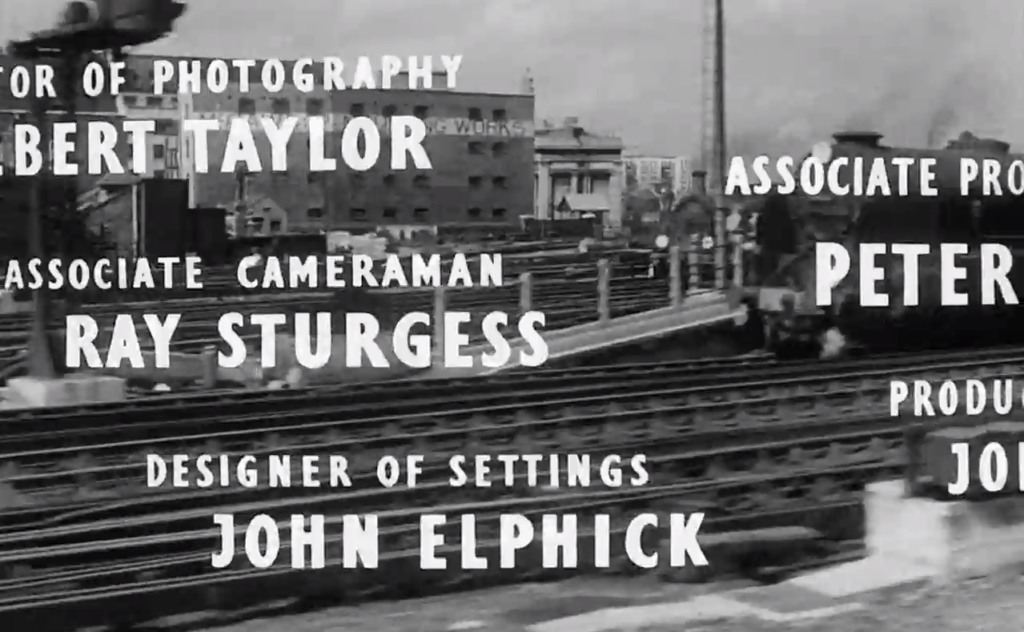
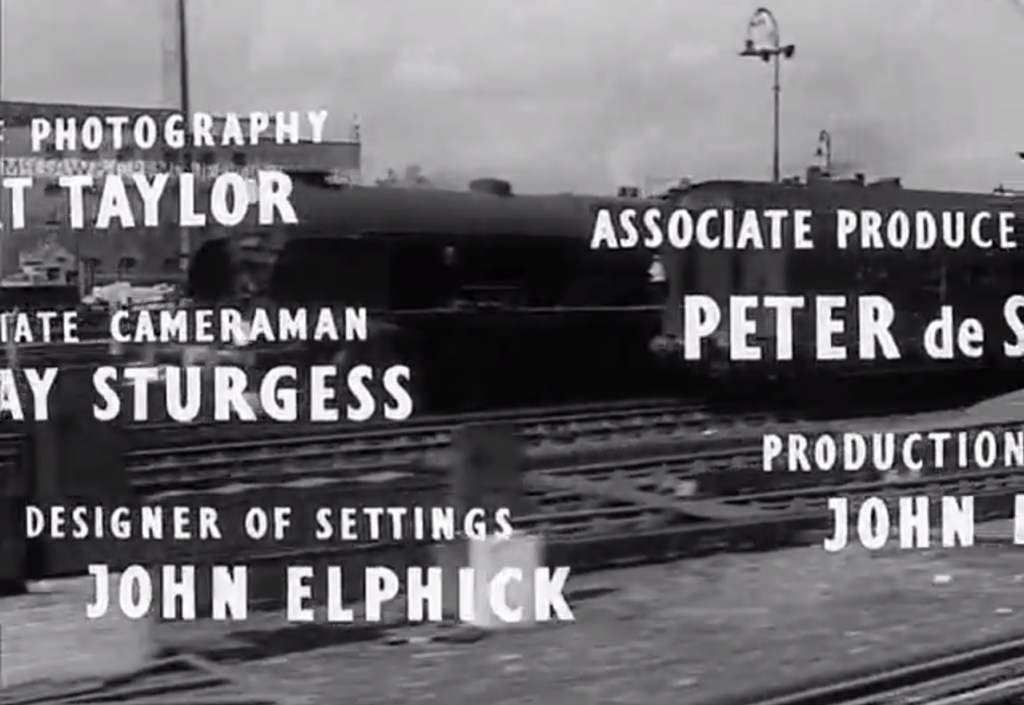
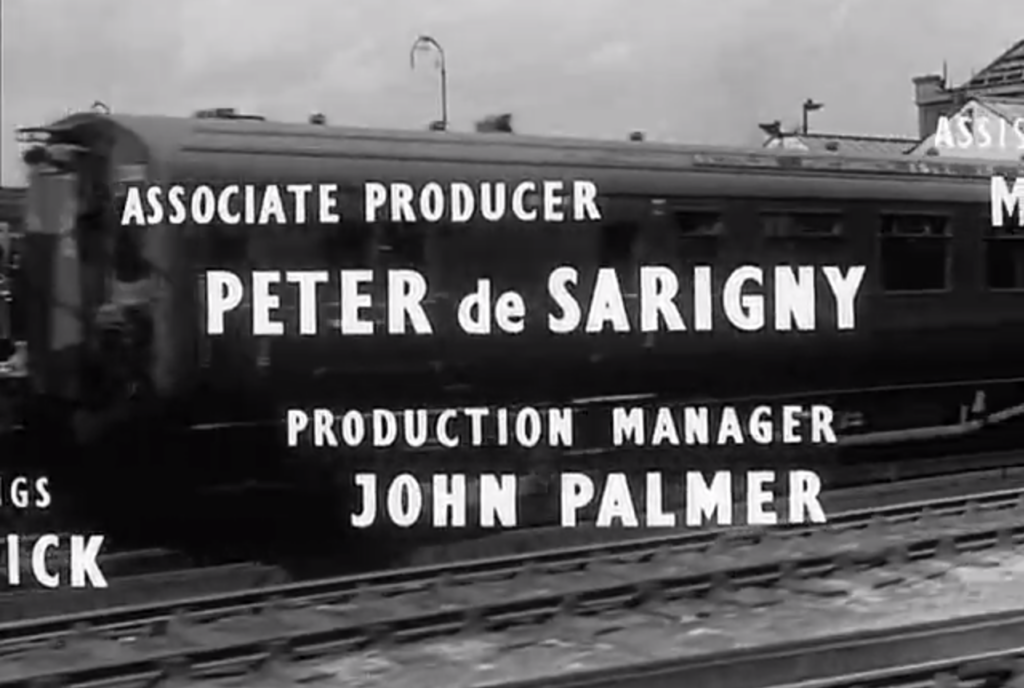



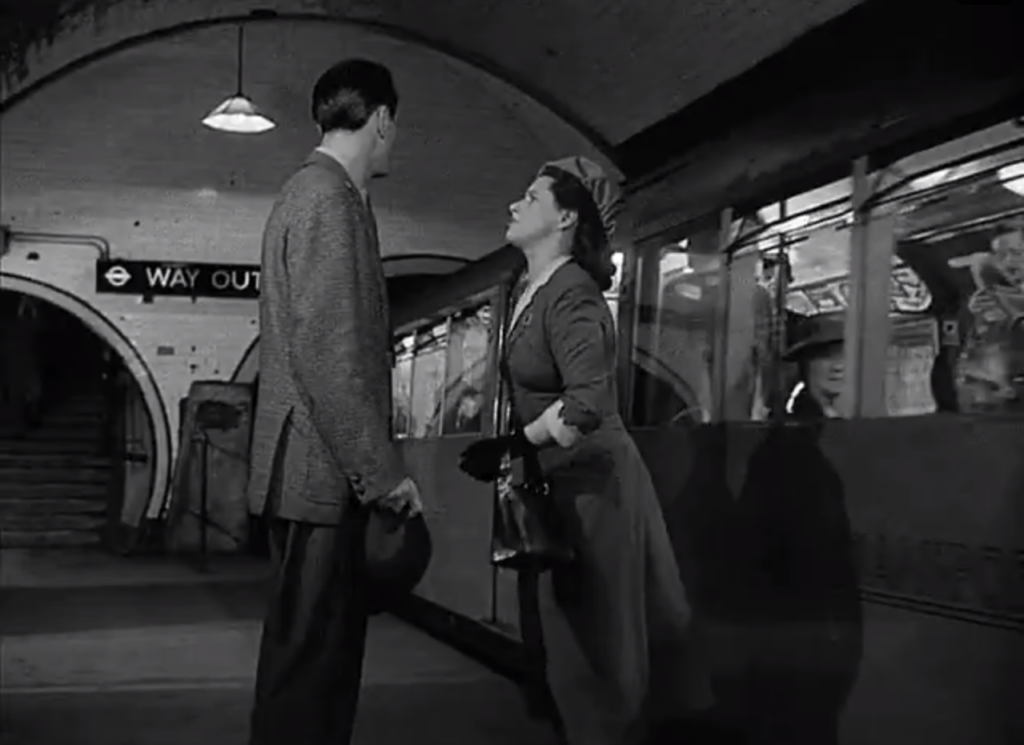
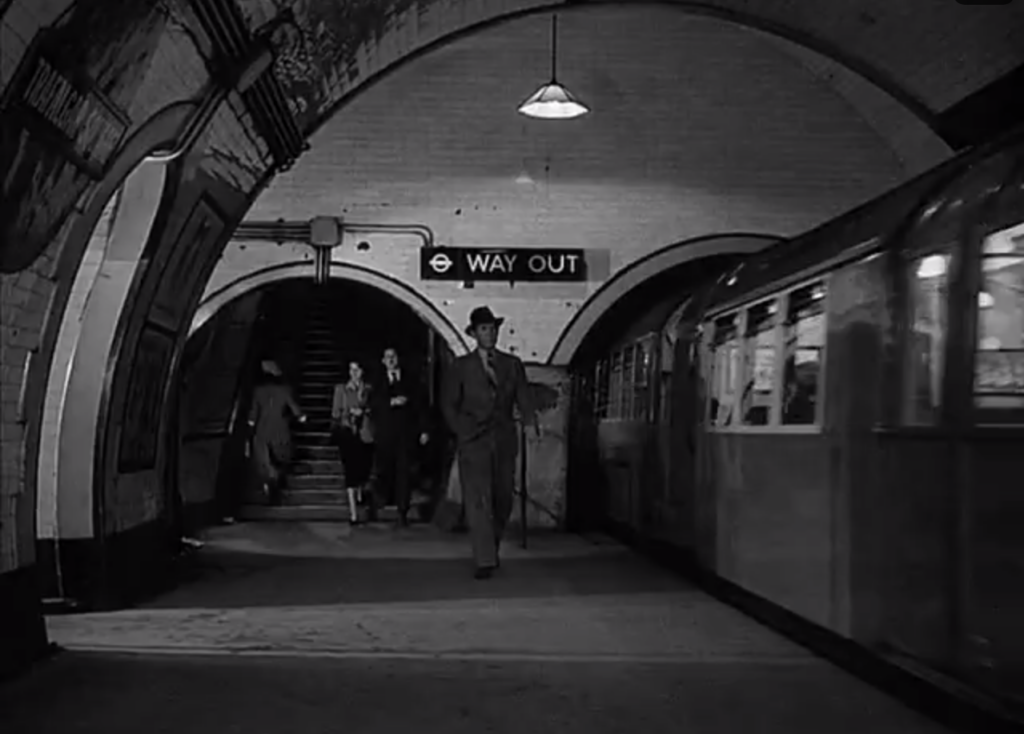

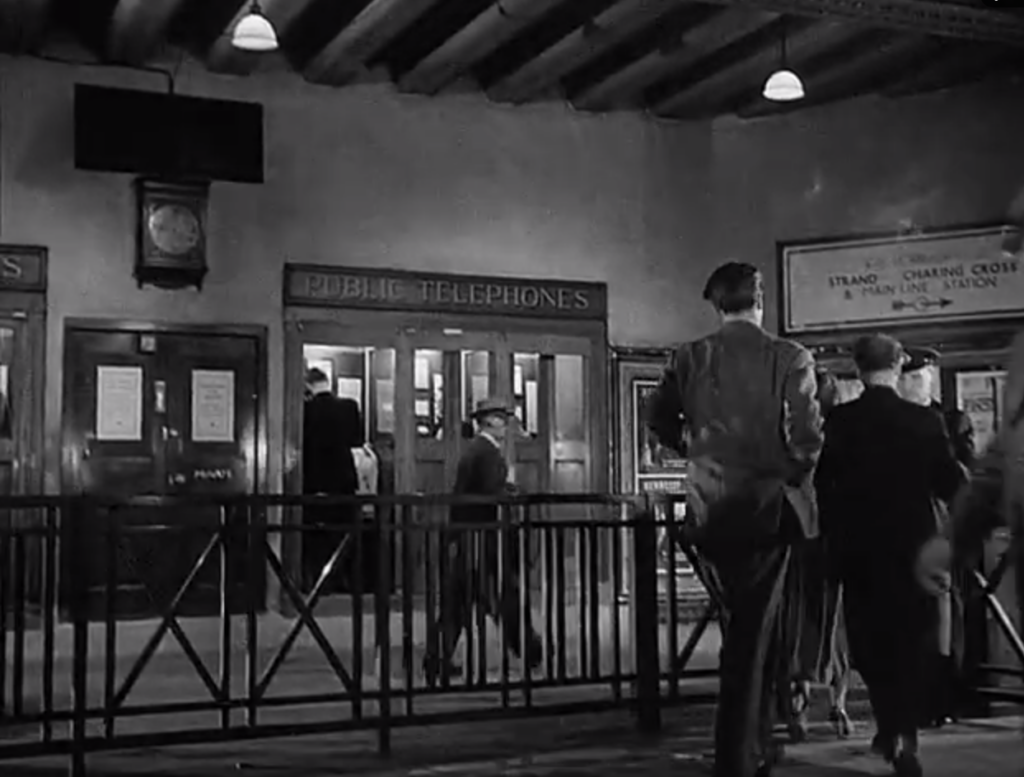
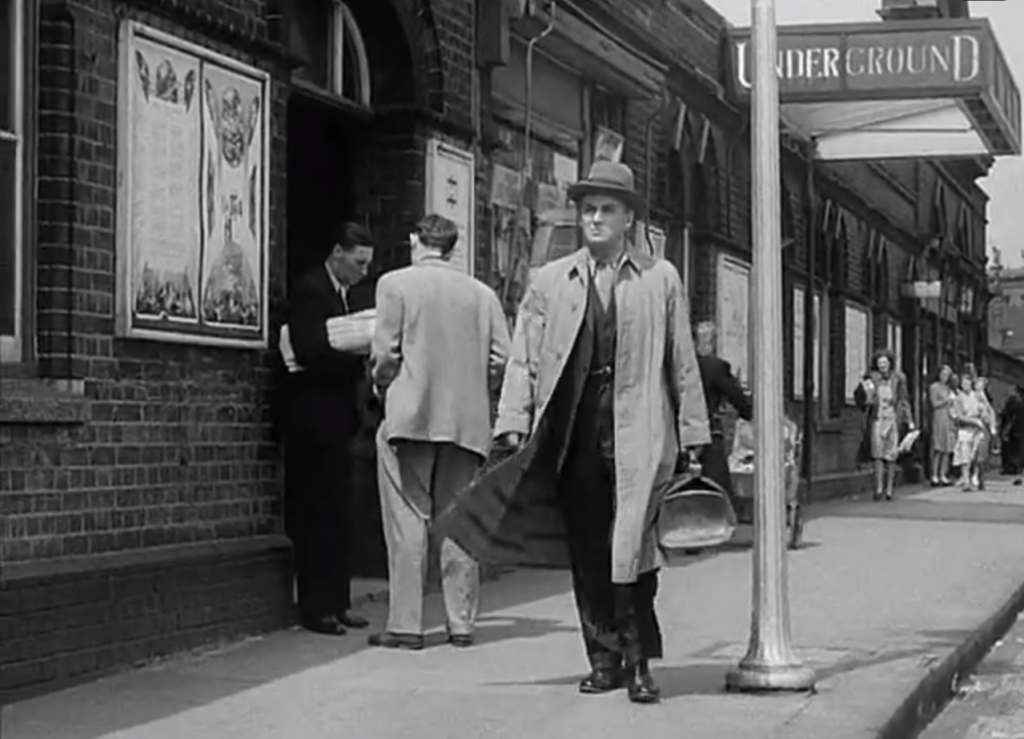

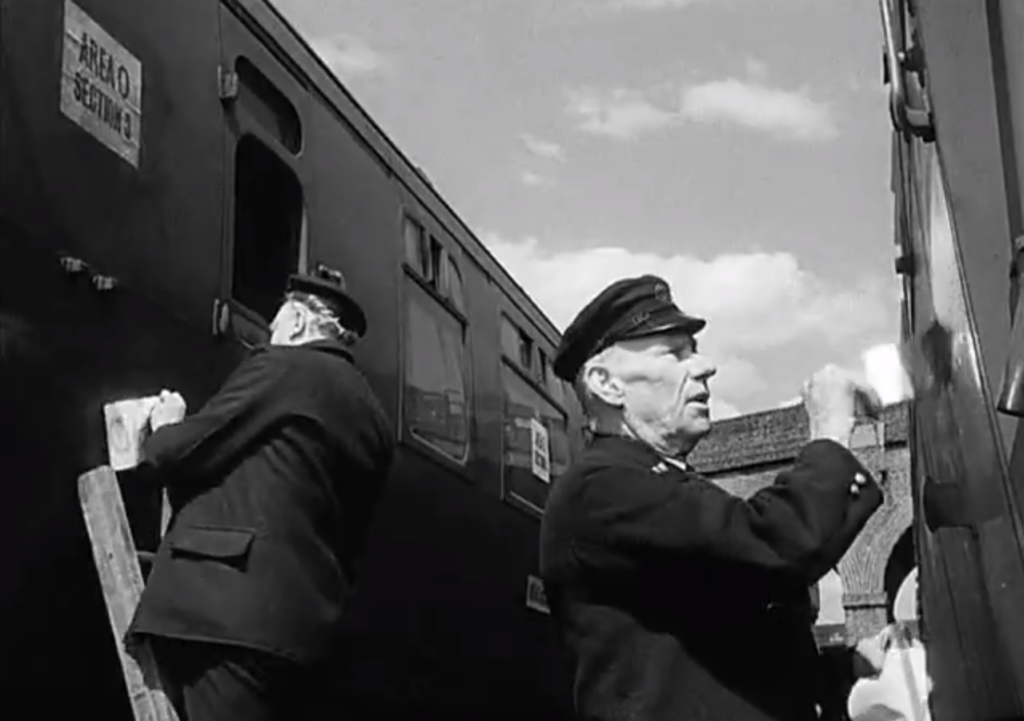
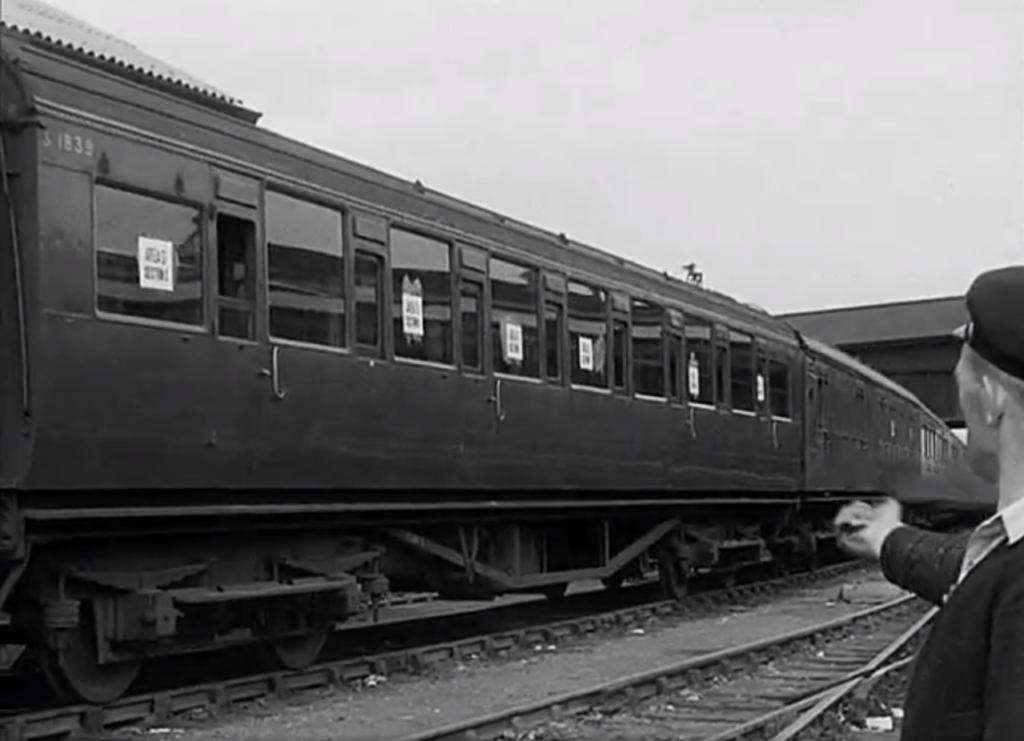
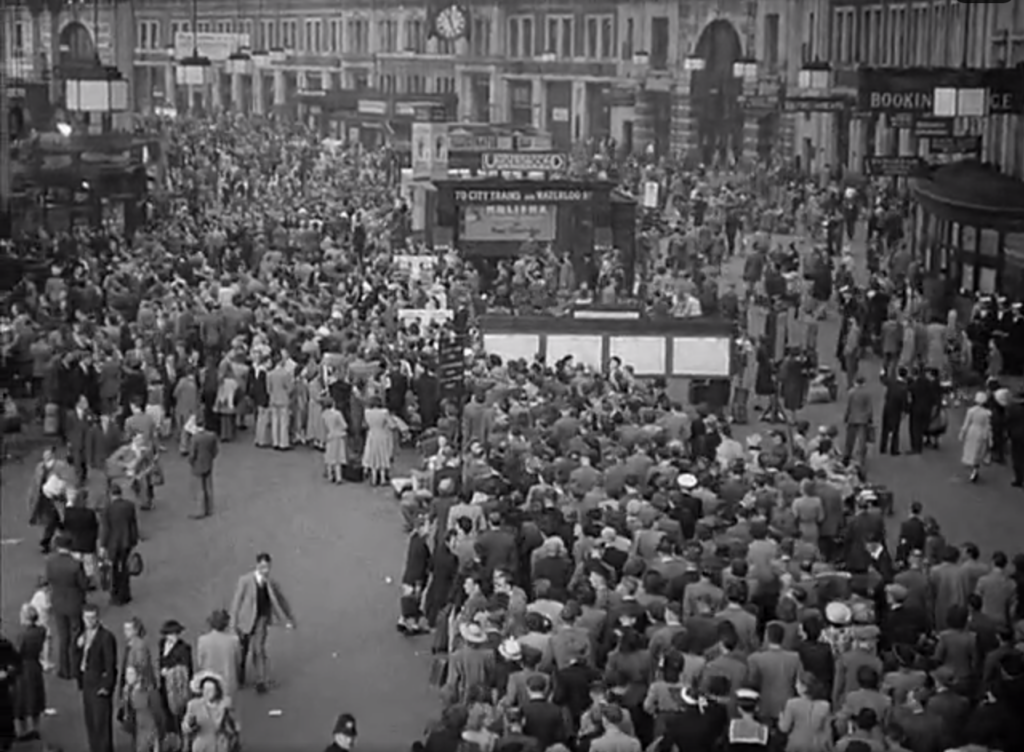
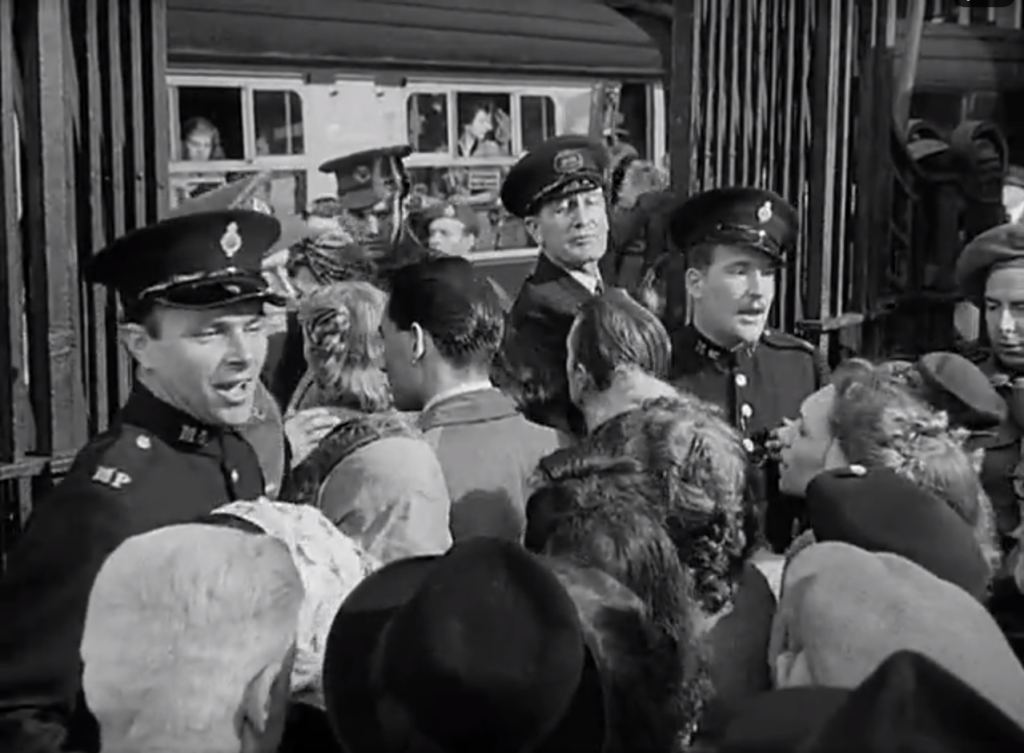
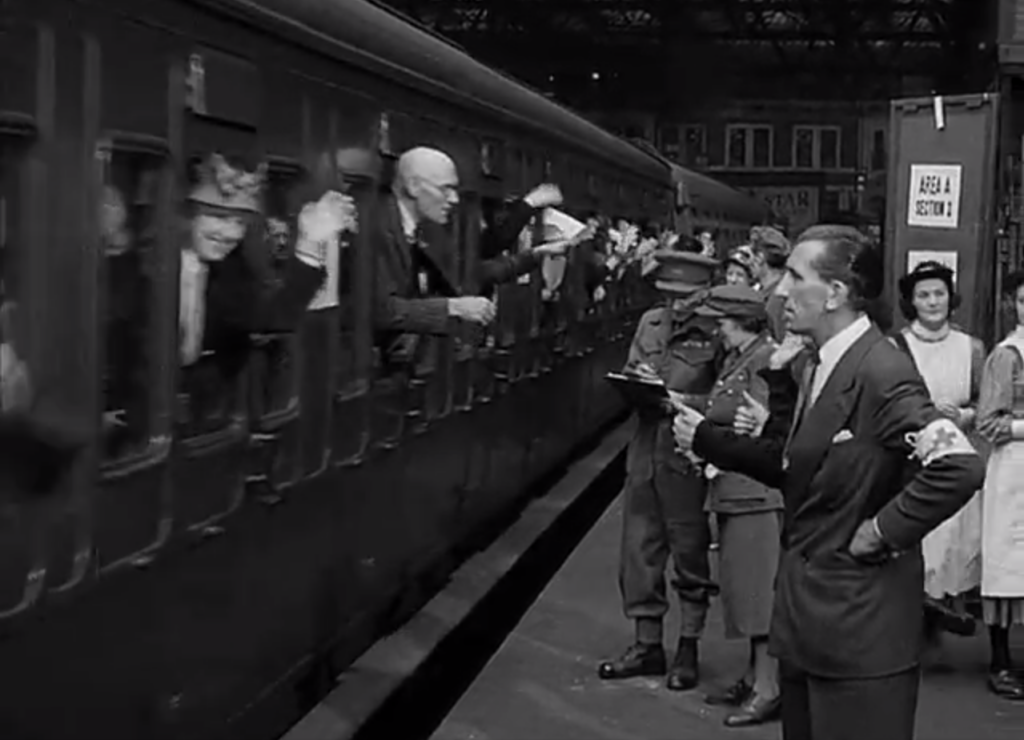
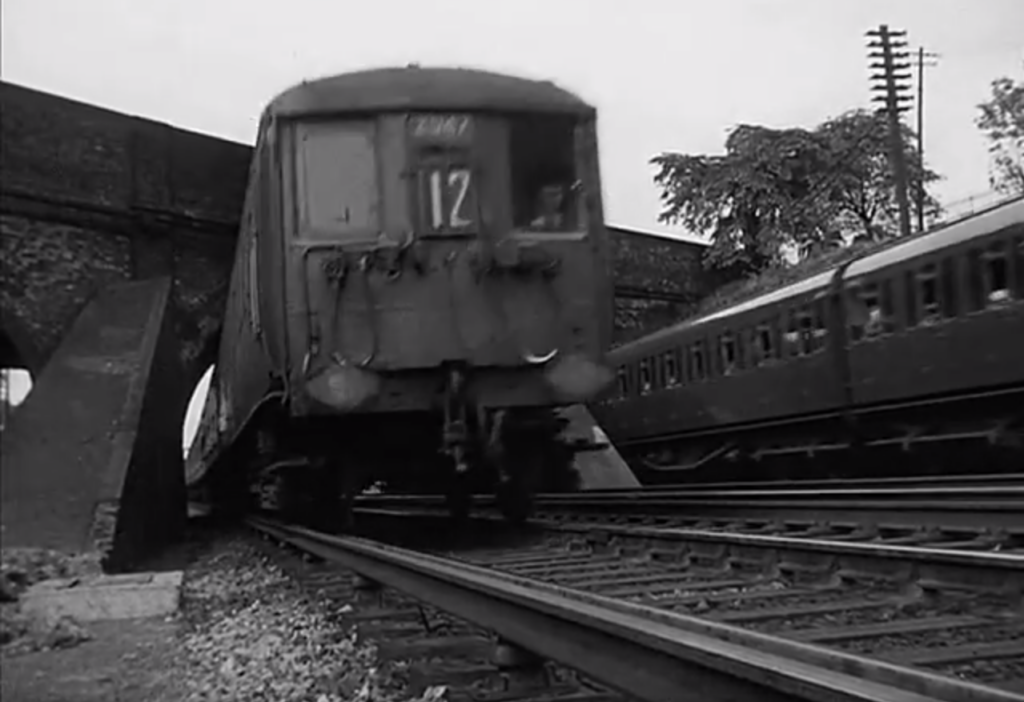
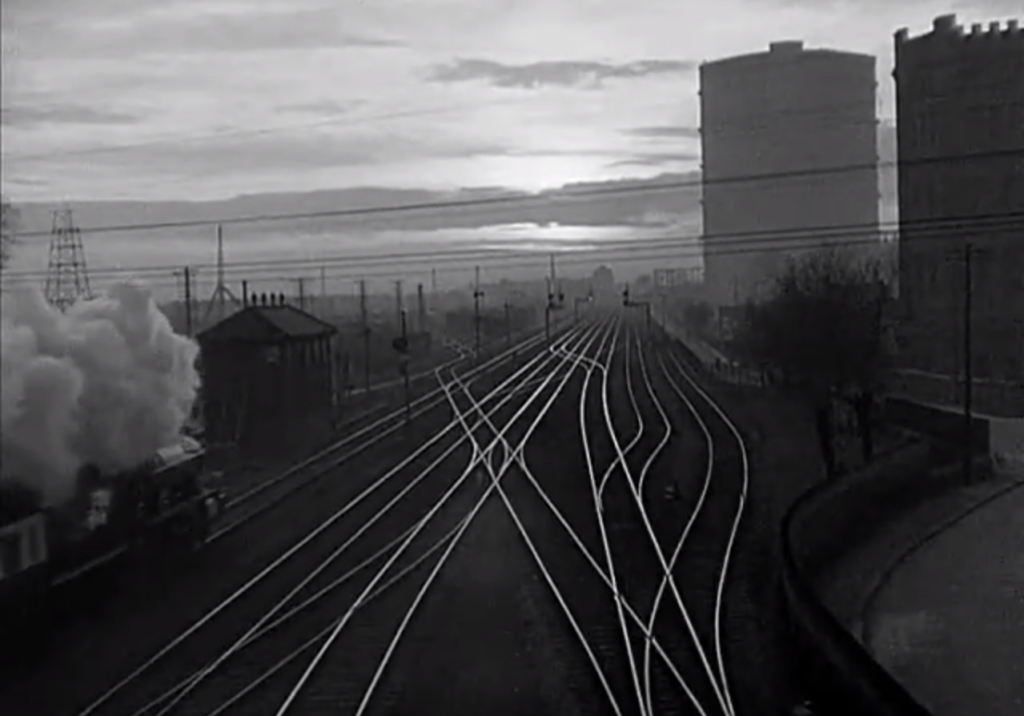
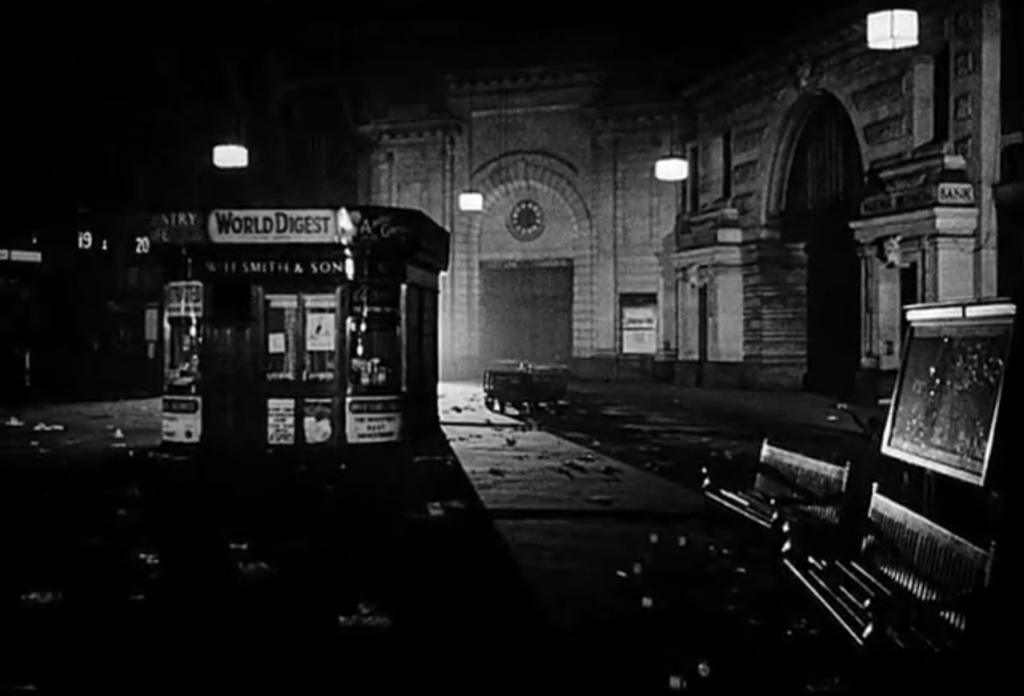
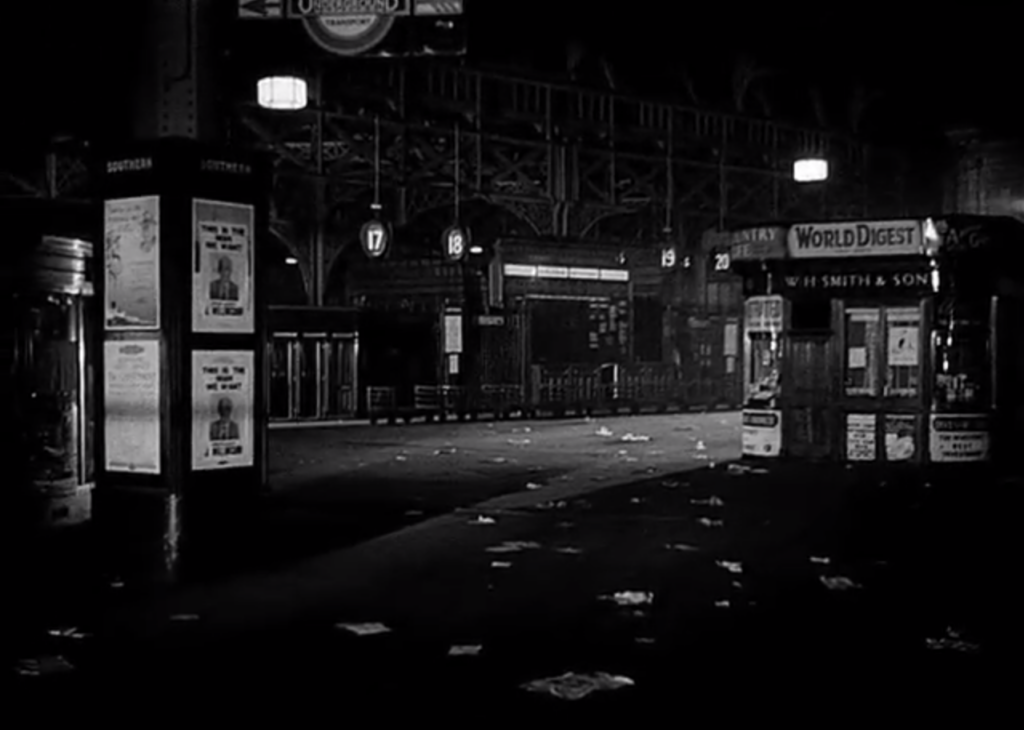
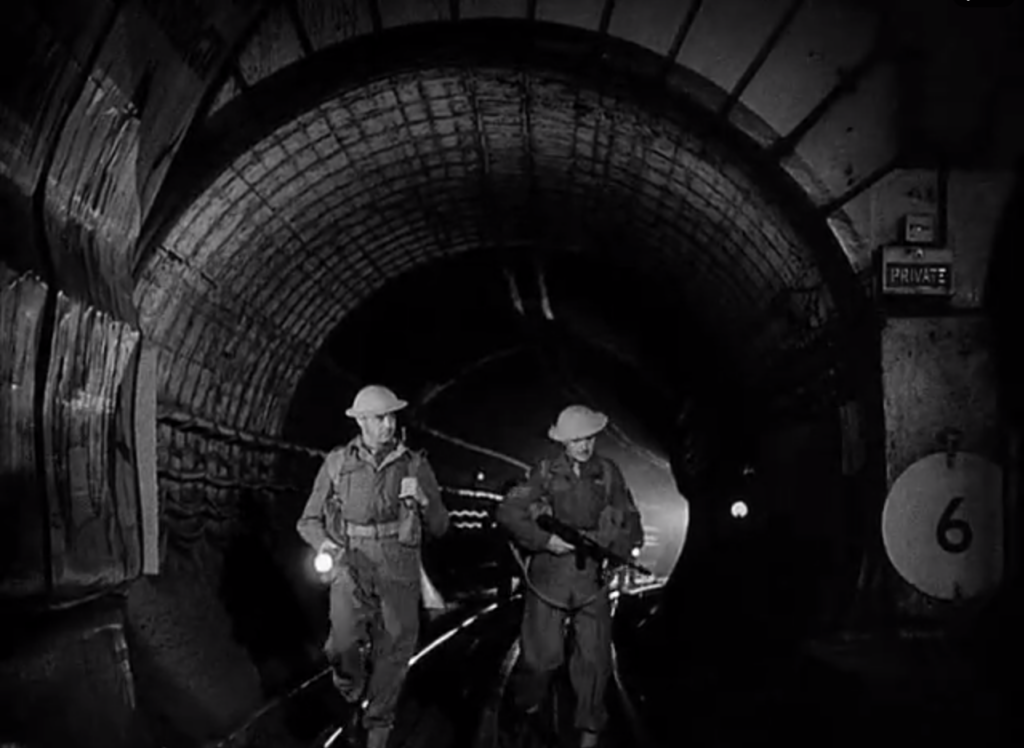

An actress from a different era